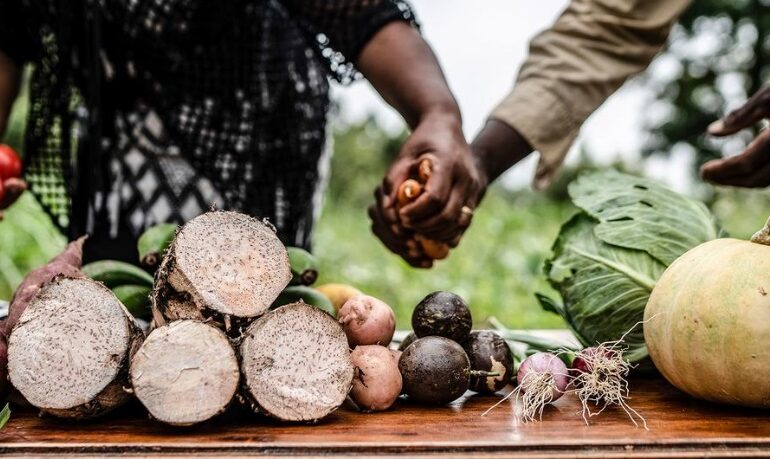
Avellon Williams
BAHAMAS- There is a severe food insecurity problem in the Bahamas, according to a recent report prepared by the Economic Commission for Latin America and the Caribbean (ECLAC), the Food and Agriculture Organization (FAO), and the World Food Programme (WFP).

According to the report titled “Towards sustainable food and nutrition security in Latin America and the Caribbean in response to the global food crisis”, severe food insecurity occurs when a person has run out of food and has not eaten for one day or more.
There has been a substantial increase in food prices since the start of the year, as The Bahamas grapples with a cost of living crisis.

“Rising inflation, especially food inflation, poses an additional challenge to an inclusive recovery, as low-income countries and households, which spend a high proportion of their income on food, are hardest hit. In the region, inflation experienced by the first (poorest) income quintile is 1.4 percentage points higher than that of the fifth (richest) quintile,” the report said.
According to the report, 40.6 percent of the regional population experienced moderate or severe food insecurity in 2021, which is well above the global average of 29.3 percent.

“Between 2019 and 2021, the prevalence of moderate and severe food insecurity rose from 31.7 percent to 40.6 percent — almost nine percentage points – the steepest increase compared to other regions of the world. In 2021, a total of 267.7 million people suffered from food insecurity in Latin America and the Caribbean —62.5 million more than in 2019,” it said.
“Within the region, the largest increases in food insecurity are in South America. Severe food insecurity in the region stood at 14.2 percent in 2021, almost double the figure of 7.5 percent recorded in 2014. The largest increase (2.9 percentage points) was recorded between 2019 and 2020, in the context of the pandemic.”

Its trade deficit related to agricultural products places The Bahamas sixth in the region, behind Cuba, Haiti, Trinidad and Tobago, Dominican Republic, and Jamaica. The Unaffordability of fertilizers is a major component of the deficit in those countries, according to the report.
“As in the case of basic foodstuffs, nitrogen and phosphate fertilizer prices had already risen sharply throughout 2021, owing to rising natural gas prices, but in the first weeks after the start of the [Ukraine] war in April 2022, they reached their highest levels in several years. The price of urea increased the most, followed by triple superphosphate and diammonium phosphate,” the report said.

“In particular, eight countries are the most exposed, since they import the most fertilizers of any origin relative to the area of cultivated land: Costa Rica, Belize, Ecuador, Guatemala, Dominica, Brazil, The Bahamas, and Saint Lucia. As in the case of food, regional fertilizer imports are affected not only by rising prices but also by export restrictions.”
“On average, 36 percent of nitrogen fertilizers, 20 percent of potash fertilizers and 19 percent of phosphate fertilizers imported into the region have been affected by trade restrictions imposed in the context of the war. These values exceed 30 percent of imports in many countries.”
According to a survey released in September by the United Nations World Food Program (WFP), many Bahamians have been forced to eat less or skip meals this year due to inflation.



